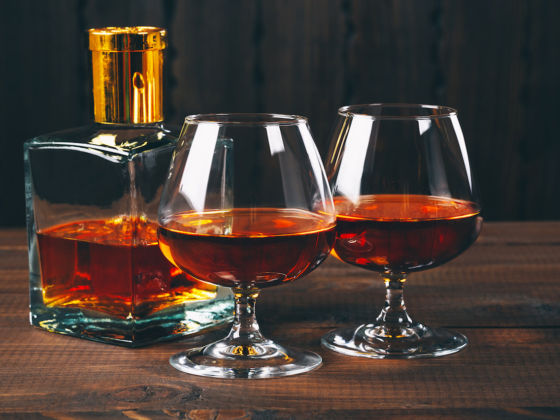Exploring the windy roads and rolling hills of France’s countryside in Cognac is a great trip in itself, but add some time with the beverage of royalty and you’ve got a unique experience.
Here are some things to do while in the region:
Sleep in a chateau
The Cognac region has no shortage of accommodation options. If you’re looking for something in the center of town, check out the Hotel Francois.
For more atmosphere, the area is home to countless chateaus. A step above a B&B, chateaus are reasonably priced at around 100 € per night. Two worth a look are Chateau de L’Yeuse — where you can sip tea on a terrace while overlooking the hills — and Chateau Saint Martial, with private jacuzzis in the rooms.
